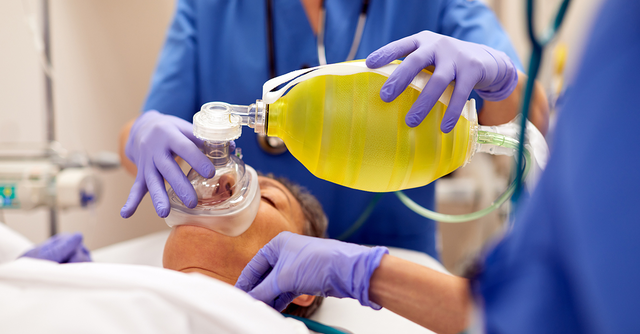
If “an ounce of prevention is worth a pound of cure,” then the importance of wearing Personal Protective Equipment (PPE) during this post-pandemic time is beyond critical. Within this category of equipment, respirators are high on the list. However, given that it is quite an advanced piece of equipment (compared to some of its counterparts), users can often have questions in terms of how to best use them.
This brings us to the objective of this blog: to provide you key best practices and the answers to the to the CDC’s top 10 FAQs on respirator use.
What Are Respirators and Why Are They Important?
Let’s take a step back and start from the definition of what a respirator is. Basically, a respirator is a device worn over the face or head which covers the nose and mouth areas. By design, they are also used to reduce the wearer’s risk of inhaling hazardous airborne particles (including infectious agents), gases or vapors. Respirators, including those intended for use in healthcare settings, are certified by the Centers for Disease Control and Prevention (CDC) and the National Institute for Occupational Safety and Health (NIOSH).
As there are many varieties or categories of respirators, NIOSH has created key filter classes which include:
| Filter Class | Percentage of Particles They Filter | Resistance to Oil |
| N95, N99, N100 | 95%, 99% and 99.97% (respectively) | Not resistant |
| R95, R99, R100 | 95%, 99% and 99.97% (respectively) | Somewhat resistant |
| P95, P99, P100 | 95%, 99% and 99.97% (respectively) | Strongly resistant |
| High Efficiency Particulate Air | 99.97% (respectively) |
Bottom line, respirators are not one-size-fits-all solutions they need and require users to have a reasonable understanding of the type they should use and how best to use them.
CDC’s Recommendations on How Organizations Should Enforce the Use of Respirators
According to the CDC, the use of respirators is one of the most effective ways to slow the spread of the COVID-19 virus. As far as practices and usage are concerned, they recommend that organizations should not only incorporate the needs of their own employees, but also factor in local rules and regulations. As such, most organizations have launched their own return to work plans, which generally provide recommendations relating to the use of PPE.
The CDC’s Top 10 FAQs on Respirator Use Brought to You
Now that we’ve covered that respirators are complex devices to use and that there can sometimes be confusion about how best to use them, we should also keep in mind that there are significant risks associated with the improper use of them. This only reinforces that we should turn to experts in the field, such as the CDC, for guidance.
The great news is that we’ve done the work for you! Download our guide, COVID-19 and Respirators: 10 FAQs Answered, and get ready to learn:
- What are the differences between N95 respirators and regular facemasks (e.g. tightness of fit, ability to filter particles vs. act as a barrier against them)?
- How you can identify the NIOSH approval number and approval label to ensure that it is NIOSH approved?
- What alternatives do you have to wearing surgical N95 masks if required (e.g. wearing a standard N95 with an exhalation valve)?
To view all 10 answers, click here!
